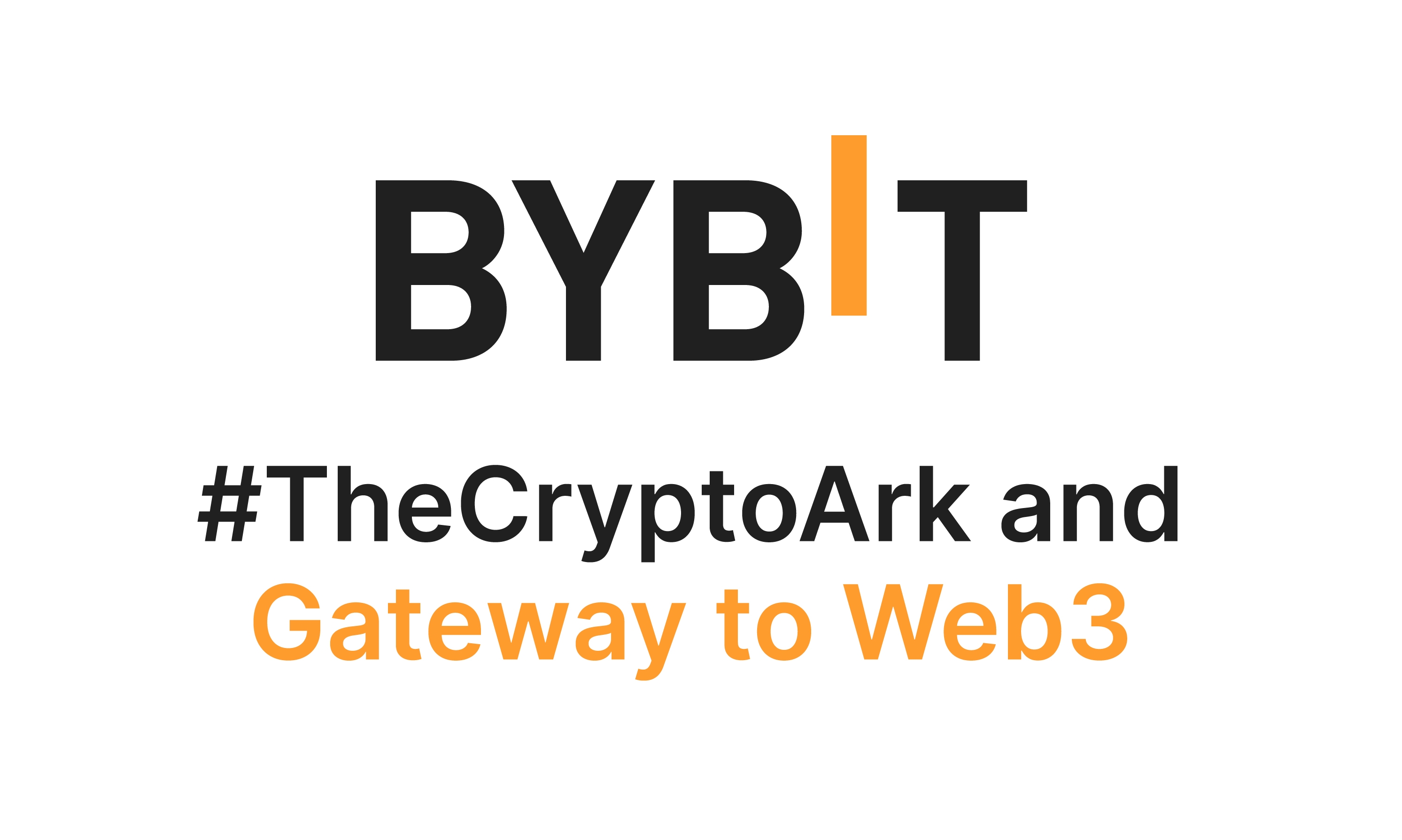Why a lightweight desktop wallet with hardware support and multisig is my go-to for Bitcoin
Wow! Lightweight desktop wallets feel like a breath of fresh air. They give you speed without all the bloat, honestly. Advanced users want minimal surfaces and maximal control quickly. When you combine a lightweight client with rock-solid hardware wallet integration and a clear multisig workflow, you get a setup that scales for both personal custody and small business treasury needs.
Seriously? Hardware wallet support isn't optional anymore for power users. You want the seed offline and the signing done where the keys live. On one hand a fully cold signer is the safest path, though actually it can be cumbersome if your daily workflow expects quick spends and multiple devices, so ergonomics matter. Initially I thought that one software could solve every UX problem, but then I realized that modularity — separate signing, separate storage, clear multisig management — is what keeps things secure and usable over time.
Whoa! I set up a three-of-five multisig for a small DAO. It felt overkill at first, and somethin' about it made me nervous. But the day we had to replace a lost device, the workflow saved hours. If you want to experiment without risking mainnet funds, run a test setup locally and pair hardware devices with a lightweight client that supports PSBT and multisig, then practice the recovery scenario until it's boring.
Hmm... Here's what bugs me about many light clients today. They trade away too much context for speed, which is fine until something goes wrong. On the flip side, the pure heavy clients give a comfort level — full node verification, full mempool awareness — but they are heavy on storage and CPU and don't play nice on laptops that live in backpacks. So the sweet spot for many advanced users is a compact desktop wallet that verifies blocks via an external Electrum or Neutrino-style server, pairs with hardware signers, and orchestrates multisig workflows without making you memorize ten arcane commands.

Practical tool choice and the Electrum workflow
Okay, so check this out—my favorite pattern is a lightweight client that supports PSBT, clear keypath handling, and vendor-agnostic hardware support, and for many of those features the electrum wallet fits the bill; it lets you manage multisig easily while pairing with Trezor or Ledger signers and running your own Electrum server if you want that extra layer of verification.
Here's the thing. Setting up multisig is straightforward if you follow a checklist. Label each signer, test with small amounts, and document your recovery steps. Also, practice a full restore from the seeds, since backups often fail. If your workflow mixes hardware manufacturers, check compatibility early — PSBT is the bridge, but subtle differences in key path notation or script types can stall a recovery and that's the last place you want surprises.
My instinct said... Don't ignore firmware updates and vendor notices about seed handling. Keep an air-gapped signer if you can afford one, and rotate devices periodically. On the operations side, design a policy that covers lost hardware, compromised devices, and key compromise reporting, document the policy in plain language, and run tabletop drills until the team can recover funds in under an hour. Actually, wait—let me rephrase that: it's not just about the tech, it's also about the people and processes who will act when a key goes missing.
Okay, so check this out—integration with hardware wallets varies, but standards like PSBT reduce friction. A lightweight desktop client that speaks the same language as your signer makes life easier. On the Mac and Windows machines I use, responsiveness matters a lot. If you come from a custodial era where everything happened on an exchange, this is a different mindset — it takes more thought, but the payoff is real autonomy and a risk profile you control.
I'll be honest... I'm biased, but I prefer clients that force you to understand your keys. I'm biased because I once watched a friend lose funds to a misunderstood backup, and that still bugs me. If you want speed with safety, build a small multisig ring and pair hardware signers. That said, some narratives oversell multisig as a silver bullet — user error, poor backups, or a confusing ceremony will wreck an otherwise sound plan, so invest time in checklists and simple UIs that reduce mistakes. On the bright side, when you nail the process — hardware, lightweight client, and a clear multisig policy — the result is a custody solution that feels like owning cash on Main Street but with cryptographic guarantees.
FAQ
Is multisig overkill for a single user?
Not necessarily. A 2-of-3 multisig with devices you control gives protection against single-device failure and human mistakes, and it's very useful for owner-operator setups; test it with small amounts first and make the recovery steps very very simple.



